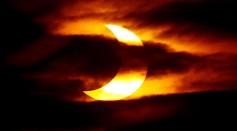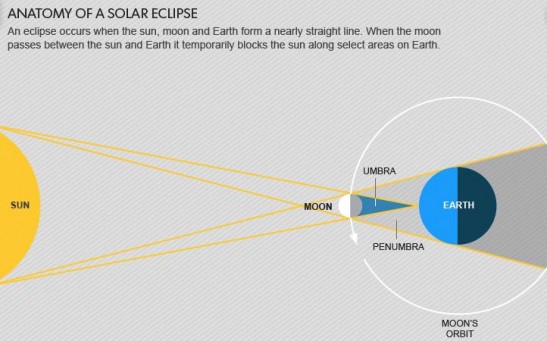astronomy

Forget Ebola, Journey to Mars May Be More Lethal Death Sentence

Solar Eclipse This Thursday: Start Time & How to Watch Safely

Taking A Bite Out of Sunlight—US Expects A Partial Solar Eclipse

How the Milky Way Dominates the Stellar Block—Dwarf Galaxies, Get Out of the Way

ESA Rosetta Spacecraft Is Showing Off Its ‘Cheops’

NASA Plans Life and Death on Mars—Planet’s First ‘Mars Plant Experiment’ to be Launched in 2020

Deserting Earth for a Chance in Space—Martian Pilgrims look to Mars for a New Permanent Adventure
Most Popular

How Technology Is Changing the Real Estate Industry?

AI Revolution in Medical Education: Transforming How Healthcare Professionals Learn

Nikolay Karpenko Biography, Photo, Career, Accomplishments

Zombie Star Set to Light Up Night Sky: Blaze Star Could Erupt Soon






